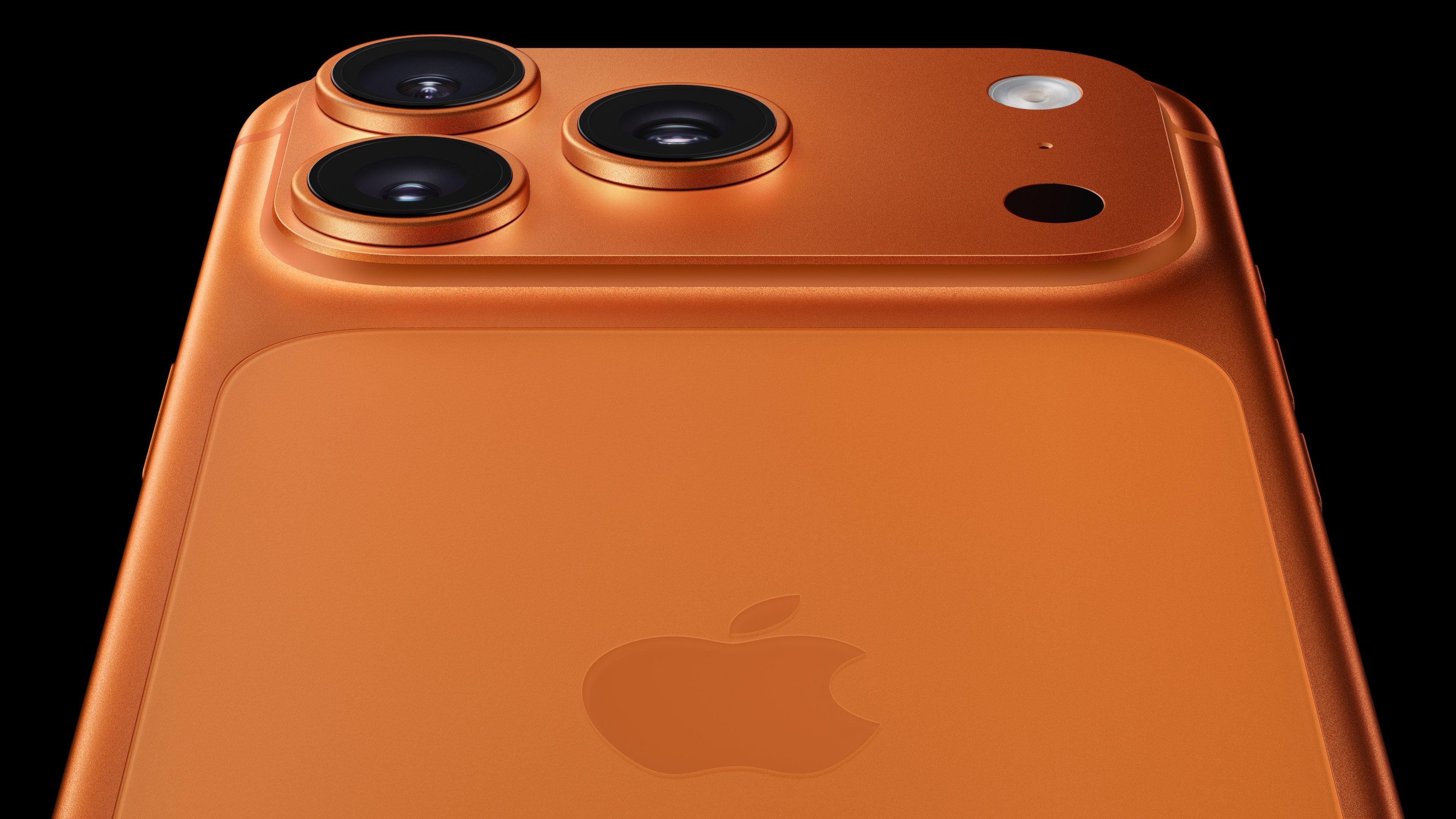Despite the fact that India is the world's second-most-populous nation behind China, with an estimated 1.2 billion people, the country remains largely untapped by Apple (AAPL +0.04%). Of course, Apple is enjoying all kinds of growth in India's neighbor to the northeast, but the iPhone maker has yet to capitalize in India.
Empty spaces
According to a recent Wall Street Journal report, Apple is set to change its iPhone distribution strategy in the country in an attempt to broaden its reach. Apple currently doesn't operate any of its own branded retail stores in the country due to complex local regulations.
This actually refers to rules regarding foreign ownership of single-brand retail stores. Previously, government rules limited foreign ownership of such stores to 51%, but that policy was revised by India's Department of Industrial Policy and Promotion in January of this year and foreign companies are now allowed to own up to 100% of single-brand retail stores. This comes with a catch, though, as any company exceeding this 51% threshold is required to source at least 30% of the total value of products sold from Indian industries.
Apple, of course, sources the majority of its components from China, so this requirement is something of an obstacle. Government officials have expressed a willingness to cooperate with Apple should it be a major hurdle, but Apple has yet to open any retail stores in India. Instead, it relies on third-party distributors and carrier partners to sell the iPhone.
The company is said to be partnering with larger distributors with the hopes of reaching smaller towns, since its existing network is concentrated in larger towns.
Goodbye blue sky
Expanded distribution is just one part of the puzzle. A larger challenge is that local carriers don't utilize the subsidy model, in which case the iPhone remains prohibitively expensive to the majority of the population. IDC estimated that Apple's market share in India during the second quarter was a measly 1.2%, down by half. Meanwhile, key rival Samsung is enjoying a 51% market share, thanks to its lower price points.
Gartner analyst Anshul Gupta estimates that 70% of the Indian handset volumes this year will be priced below $100, while the iPhone 5 will cost over $800 unsubsidized. Even older models like an 8 GB iPhone 4 cost almost $500. GDP per capita in India was about $3,700 last year, less than a tenth of the $49,000 for the United States.
Until Indian carriers adopt the subsidy model, if at all, Apple faces a tough time with iPhone adoption.
The show must go on
Apple's relative absence in the Indian market is a major opportunity for competitors like Samsung. In 2011, Nokia (NOK 1.42%) grabbed an estimated 46.8% market share while Samsung had just 27.4%. Research In Motion (RIMM 1.61%) had a 13.3% slice with its BlackBerrys. However, Nokia's share was built on Symbian, an operating system platform that the Finnish company is moving away from in favor of Microsoft (MSFT 1.04%) Windows Phone, which has almost no presence in India.
When it comes to operating systems, Symbian was 46.6% of the market, and Google (GOOG 1.03%) Android was just 28.2%. This year, Symbian and Android are expected to swap places, with 23.3% and 50.6% shares, respectively.
With Samsung being one of Android's most prominent OEM champions right now and a market share over 50%, Android domination of the Indian market looks to be in the cards.
Hey you
On the July conference call, CEO Tim Cook specifically addressed questions on the Indian market:
You know of course I love India, but I believe that Apple has some higher potential in the intermediate term in some other countries. And that doesn't mean that we're not putting emphasis in India, we are. We have a business there. That business is growing, but the sort of the multilayer distribution there really adds to the cost of getting products to market. And so, we're going to continue putting some energies there, but my own perspective is that in the intermediate term there will be larger opportunities outside of there.
Having layered networks of distributors, each demanding their own margin, either adds costs to consumers or eats into Apple's margins, both of which are less than ideal. As we've already mentioned, opening its own retail stores has its own hurdles, so direct sales (either online or retail) aren't imminent, either.
Another BRIC in the wall
Other countries definitely have more potential right now, particularly other BRIC nations. China's already proceeding along swimmingly, but Brazil and Russia are also seeing healthy signs. In January, Cook even called Brazil the second-hottest BRIC country behind China, saying there's "huge opportunity" there. Apple might even be evaluating retail stores in Russia.
For now, the lack of carrier subsidies and efficient distribution make India a less appealing market for Apple to focus its efforts on.






